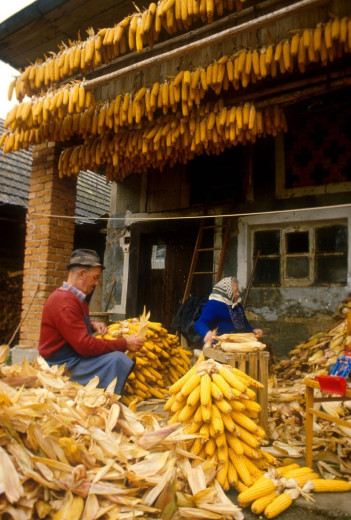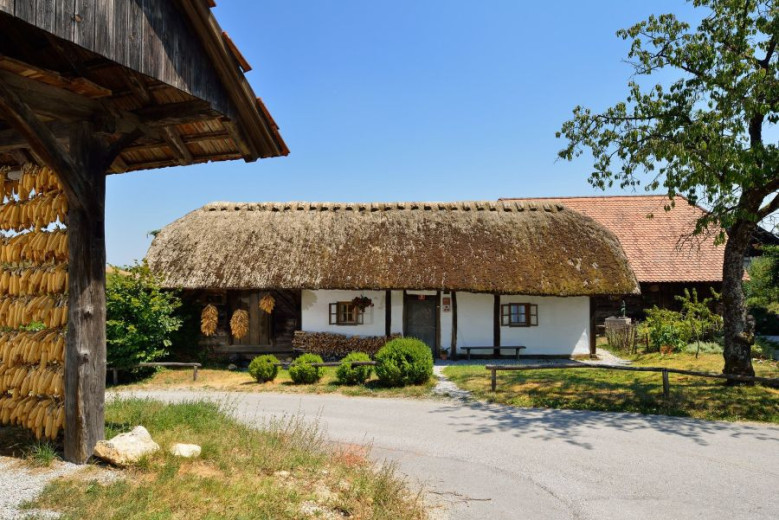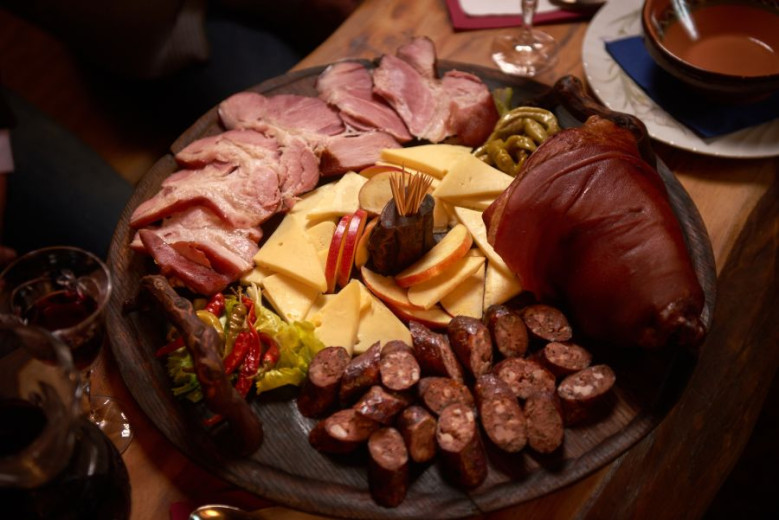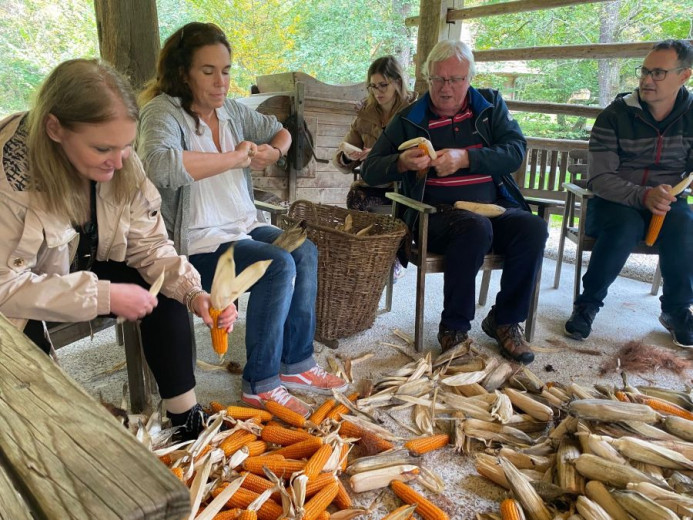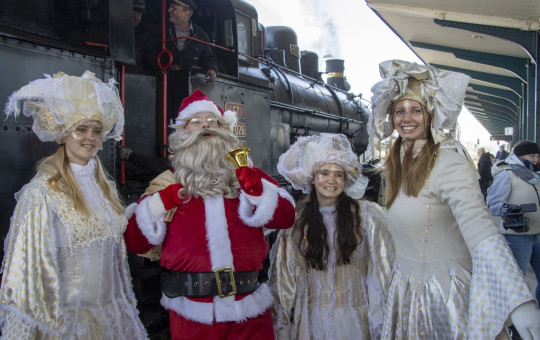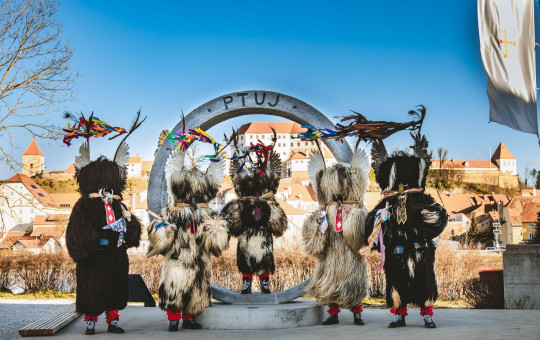Date: 24. October 2024
Time to read: 1 min
The family would first harvest the corn and then invite neighbors to help with the husking. It was the work, fun and socializing.
Neighbours would do the husking on the floor or in the house, leaving only as many leaves as were required to tie the cobs together and enable them to be hung on the hayrack. It was a delightful mix of work, fun, and delicious farm food!
Customes, work and fun
They would always hide a bottle of liquor under the pile of corn, making the end of the work even more festive.
It was believed that a girl who husked seven ears of corn with red kernels would get married within the same year.
Similarly, anyone who found many red ears was excused from work for the evening.
A group of people always gathered around the pile of corn, telling stories, joking, singing, and chatting.
They usually husked until midnight, followed by dinner, and then the dancing and celebration would begin.
The boys often played the accordion. To celebrate the end of the work (called "likof"), the housewives would always bake potica and cookies.
After the corn was husked, they would tie two or four ears together and hang them in the to dry ("on the hayrack").
The red ears were always hung in a particularly visible spot. Every part of the corn was used.
Corn silk was fed to livestock, and husks were used to make doormats. The women would braid the husks and sew them together with thicker thread.
The husks were also used to stuff mattresses for beds.

